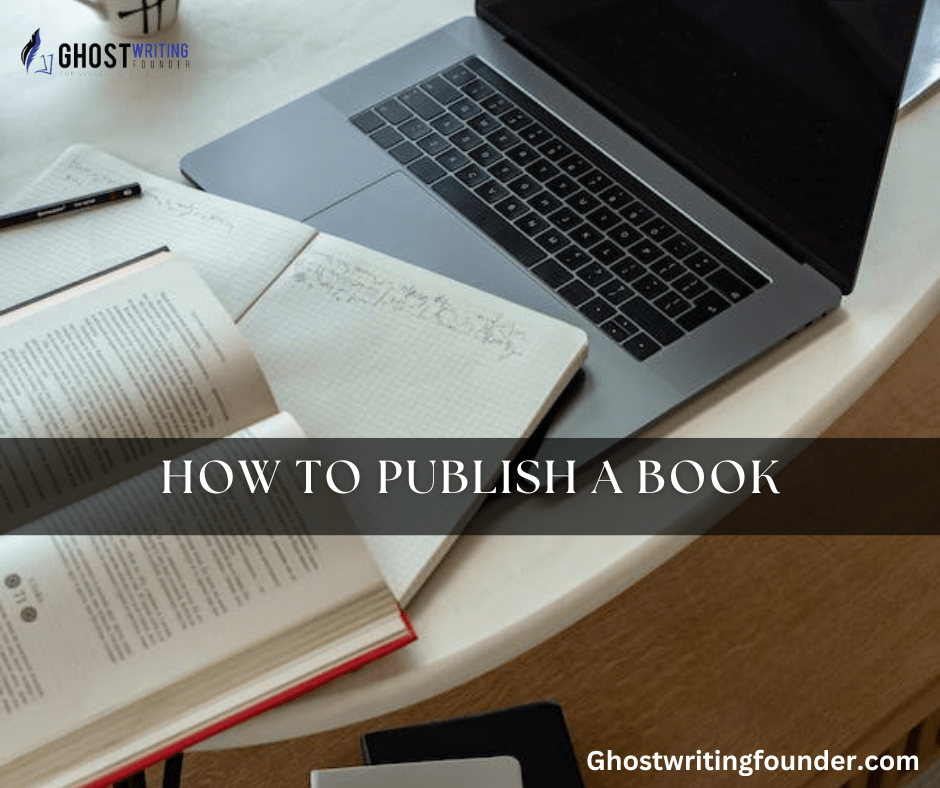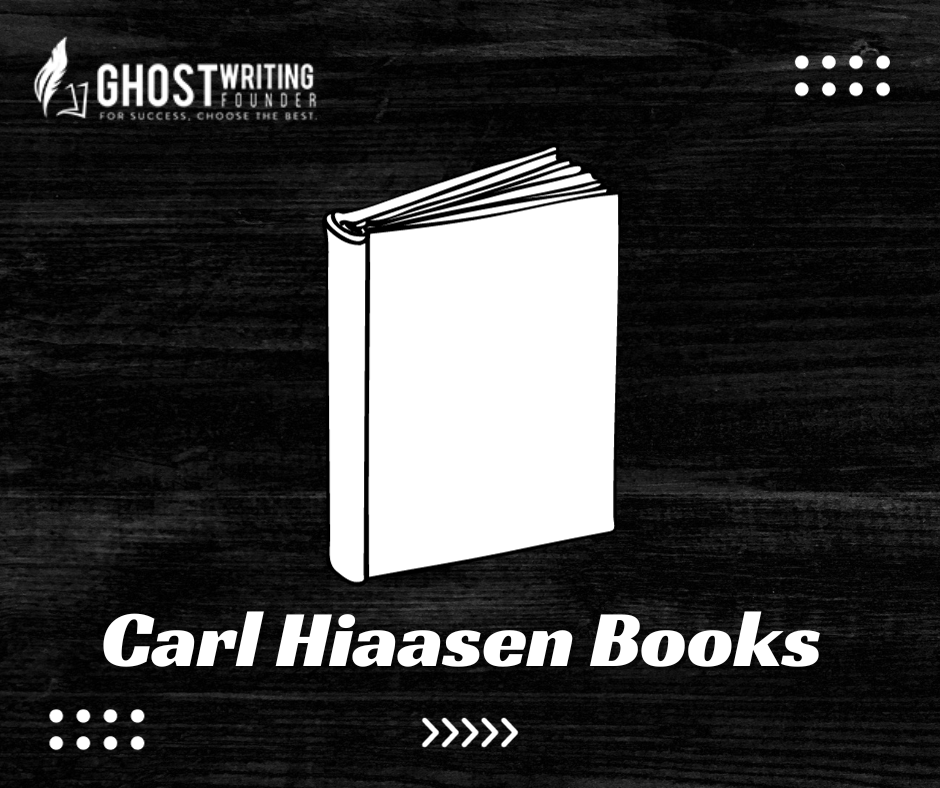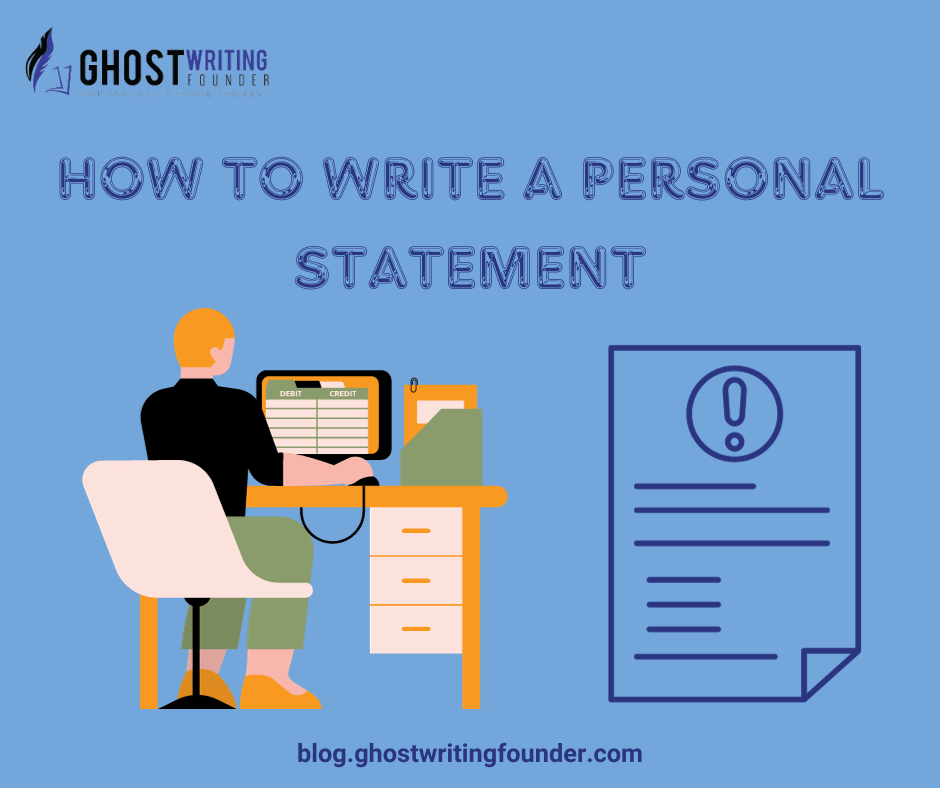
Publishing Writing
Publishing a book is an exciting process that turns a writer’s original idea into a real book that can be shared with the world. From idea to release, a book goes through a series of well-thought-out steps, such as writing, revising, finding a literary agent or publisher, or even thinking about self-publishing.
To get through this road, you must plan, work hard, and pay close attention to the details. In this guide, we’ll look at the most important parts of how to Publish a book, shedding light on the complicated but satisfying process that leads to the birth of a literary work.
Traditional Publishing and Self-Publishing
We will show you how to publish a book and give you the tools to choose the best way to print your work. But first, you should know what standard and self-publishing are.
Traditional Publishing
In traditional book publishing, an author signs a deal with a publisher who prints, publishes, and sells the book through bookstores and other retailers. The publisher gets the right to publish your book and pays you royalties based on how many copies are sold.
Most writers must find an agent to sell a book the old way, and you can learn more about this process in to Self-Publishing on Google Books Partner Center 2023. You need to put your work into the right category to find one. If you are a non-fiction writer or want to be one, you must send a book proposal with three sample chapters and a summary of each. If you want to write fiction, you have to finish your work.
After you have done these things, you are ready to write a query letter. You will send this letter to agents who might be interested. It’s important to talk about all the parts of a business letter. You should include a summary of your book, an overview of each chapter, your book’s target market or audience, and a description of yourself.
Self-Publishing
There are many different ways to produce a book, such as print-on-demand, vanity publishing, subsidy publishing, and self-publishing.
Publishers like Ghostwriting Founder that use print-on-demand (POD) take all submissions; anyone ready to pay is published. POD publishing uses printing technology to make books one at a time, one at a time, through a company. Each book is made as soon as an order comes in. So, you can change how many books are available to meet the readers’ needs.
POD cuts costs and removes the need to house copies that haven’t been sold. Most of the time, you must pay extra for editing, proofreading, or promotion and make money from sales through royalties. Some rights can be given to the POD publisher for a certain amount of time, but this changes from publisher to publisher.
A vanity publisher, a book manufacturer, will print anyone’s work if they can pay for their services. The publisher pays to have a book printed and bound but doesn’t help with editing, selling, or promoting it. But the author owns the printed copies and keeps all the money from sales.
Steps On How To Publish A Book
Several important steps must be taken before a draft becomes a polished, widely-read book. First and foremost, aspiring writers must edit and proofread their manuscripts several times to ensure the content is interesting and error-free.
Authors can turn their writing dreams into published books by following these steps carefully.
1- Carefully Edit and Proofread
Before you send your book off to be released, you must edit and proofread it carefully. Each page, each line, and each word. When you publish a book, you’re putting your work out there for everyone to review. You’ll need to put your best foot forward!
Of course, editing your book is about more than fixing language and grammar mistakes. It also means checking your story for plot holes, changing the pace, etc.
It is helpful to have an editor look over your work, and you can find professional editing services at Book Editing Services. Before you send your work to be published, a second pair of eyes can help you find more mistakes and give you a new viewpoint on it.
2- Choose Your Publishing Method
We writers are lucky that we don’t have to choose just one way to publish a book. There are many ways to go, and it’s best to learn about them before choosing.
First, consider whether you want to go with a traditional publisher or print your book yourself. For insights into the pros and cons of each, read How to Publish a Book. With traditional publishing, you’ll work with a writing agent and give your book’s printing and distribution rights to a publisher.
Self-publishing, on the other hand, means that you put your work out there on your own, either as a download, an audiobook, or a print-on-demand book.
3- Formatting your Book
During the formatting step of self-publishing, you’ll put the finishing touches on your product, and for detailed guidance, see A Comprehensive Writer’s Outline. and ensure it has everything a properly published book would have.
Formatting comes after finding a self-publisher because most self-publishing sites have their own layout and formatting tools built in. Depending on the platform, your tools might differ, but the result is always the same.
How to Format a Book?
Users of self-publishing platforms like KDP have to send two separate files. The first is the text file, which has all the pages inside the book. The second is the cover file, which has your book’s front, spine, and back cover.
Setting up the file for your work: Even if you’ve written and edited your manuscript until it’s perfect, there are still a few formatting choices to make as you prepare it for publishing.
Trim and set borders. The border is how tall and wide your pages are. Most sites for self-publishing give you a choice of page sizes, but you still need to set margin sizes.
The front page
The pages before your work’s first page are the front matter. Most books have five kinds of front-matter pages:
Half-title page: The half-title page is usually the first page of a book. It is a right-facing page with only the book’s title, not even page numbers.
Title page: Your title page also doesn’t have page numbers, but it usually has the author’s name and a description. Most publishing companies will also put their name here, but self-publishers don’t have to include a logo.
Copyright page: The copyright page is always the first page to the left of the title page on the back of the book. It has all of the book’s copyright details on it. If you need help deciding what to include, publisher Scribe has made a helpful form.
The next page to the right is the dedication page, which usually doesn’t have page numbers or headers. Most of the time, dedication pages should only be one or two lines long.
Table of contents pages show the titles of your book’s chapters and sections and the page numbers where they can be found.
Back matter
The pages of your book after the parts will make up the back matter. Here are the pages that should be in the back:
Bibliography and reference pages: These pages may not be needed for fiction books but are usually for nonfiction works.
This page has a picture of you, the author, and a short description of you.
Index pages: Nonfiction books that cover a wide range of topics usually have an index page that lists the topics alphabetically and the page numbers where they are covered. If there are index pages, they will be at the end.
ISBN
Your book’s International Book Number (ISBN) is a string of 13 numbers. It’s a way for authors and stores to track how many books have been sold, how many are in stock, and what orders have been placed. A book’s title, number, and format are also listed in the ISBN.
An ISBN is made up of four different parts that are split by hyphens. The group or country identifier, the publishing identifier, the title identifier, and the check digit that verifies the ISBN are all shown in these parts.
4- Find A Good Title
You may have thought of a title for your book before, during, or after writing it. But use this time to find one by doing some market study.
Even though your title can be something other than the most original in the industry, it should be close to (or even the same as) other titles in the same genre. Your title should also be interesting and say something about your story.
Choosing a title for your story is easier said than done, but you can find some creative inspiration with Book Title Generator: The Best Tools in the Market 2023, but a good title can make a difference in getting people to read it.
5- Choose Fonts That Stand Out
When picking the colors and fonts for your book’s cover, consider how it will look both big and small. Avoid very complicated styles that might not look good on screens. First, choose fonts that are easy to read, even when small or on a computer.
The colors on your book’s cover help set the mood or tone of your book. For more on how visual appeal can enhance your book, read The Beauty of Book Aesthetics. For example, if your book has a dark color palette, it shows that it is serious, strange, or scary.
In the same way, bright colors can let the reader know that something fun is coming. But don’t let these rules stop you from putting your spin on your book cover. You can always mix and match colors to show how your story makes people feel. Look at Room by Emma Donoghue. Even though the book has bright colors and a simple design, it is classified as tense and psychological fiction.
6- Publish Your Book
Once your book has been printed, it’s time to get the word out about it. You might consider Video Book Trailers to create a buzz. If you use a book publishing services site like KDP, ensure the sales channels are up and running. There should also be a link or page on your author’s website where people can buy your book.
Start-up on your site: If you don’t already have one, you can make an author website that you can use to connect with your target audience, tell them more about you and your work(s), strengthen your brand, give updates about the book’s progress, and, of course, sell your book.
Your author’s website can also help you get the word out about your book. For creating a strong online presence, consider Website Copywriting Services. Use it to get people interested in your book before it comes out by giving away free copies or giving a sneak peek at the first few chapters.
Your author’s website can also collect your readers’ email addresses so you can start an email list. Ask them to sign up for something, like a magazine. This way, you’ll not only have an email list, but you’ll also be able to give your audience more value by using your newsletter to share news, offer deals, or give a sneak peek at your next project.
7- Market Your Book
It’s hard to publish a book, and it’s even harder to sell it. Think about it: there are millions of other names out there. How do you get people to pay attention to your book, buy it, and read it? There can be a lot of competition in the market, but a good marketing plan can help you get ahead.
One way to do this is to use book trailers, which are short clips that help people understand what your book is about. Great book trailers can help give your brand a more professional look. Also, they can grab people’s attention, pique their interest, and get them excited about your book. This makes them a great way to get people interested in your book.
8- Promote Your Book
One way to do this is to use book trailers, which are short clips that help people understand what your book is about. Great book trailers help your brand look more professional, and you can get professional help with this from Book Publishing Services. Also, they can grab people’s attention, pique their interest, and get them excited about your book. This makes them a great way to get people interested in your book.
Even after your book comes out, keep promoting it to keep your fans interested. Reach out to your audience or your best book bloggers and give them a free copy or hold a giveaway. Then, have them write a review.
Main Attributes and Elaborate Information
| Step | Description | Key Considerations |
|---|---|---|
| Edit and Proofread | Careful editing and proofreading of the manuscript. | Focus on language, grammar, plot consistency, and pacing. |
| Choose Publishing Method | Decide between traditional publishing and self-publishing. | Weigh pros and cons of each method. |
| Format the Book | Prepare the manuscript for publishing, including layout and front/back matter. | Choose appropriate trim, borders, and include essential pages like copyright and dedication. |
| Find a Good Title | Select a title that resonates with the genre and audience. | Ensure it’s catchy and relevant to the content. |
| Design Cover | Choose fonts and colors for the book cover. | Ensure readability and aesthetic appeal; the cover should reflect the book’s tone. |
| Publish the Book | Finalize the publishing process, whether through a publisher or self-publishing platforms. | Set up sales channels and author website for promotion. |
| Market and Promote | Implement marketing strategies to reach the audience. | Use book trailers, giveaways, and reach out to bloggers for reviews. |
Conclusion
Publishing a book is exciting and requires a good mix of creativity, attention to detail, and drive. As you start on this road, remember that every step you take, from writing your manuscript to getting to know your readers, adds to the big difference your work can make in the world.
Accept the difficulties and successes, and let your love of telling stories lead you through the complicated publishing process.
Your book, voice, and message deserve to be heard, and if you follow these tried-and-true steps, you’ll be well on your way to becoming a famous author whose words will be heard worldwide.









Leave a Reply